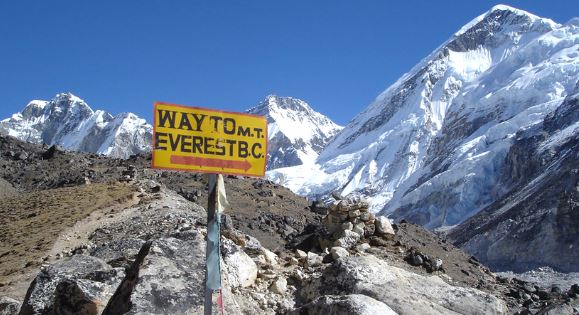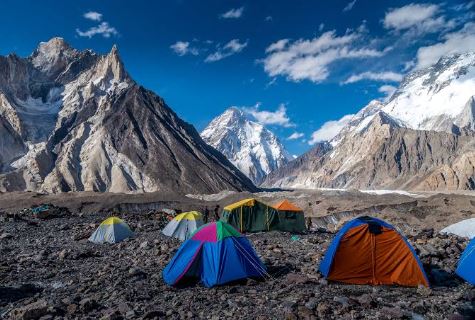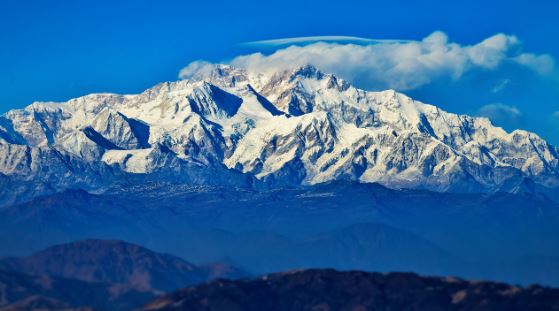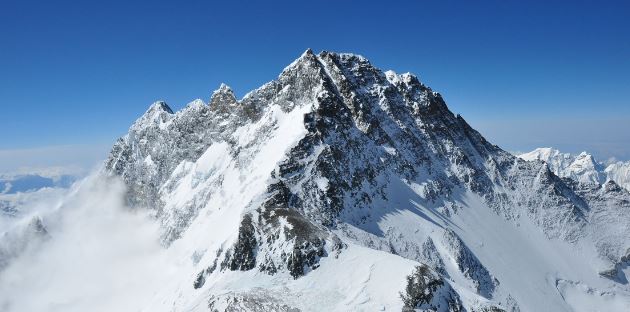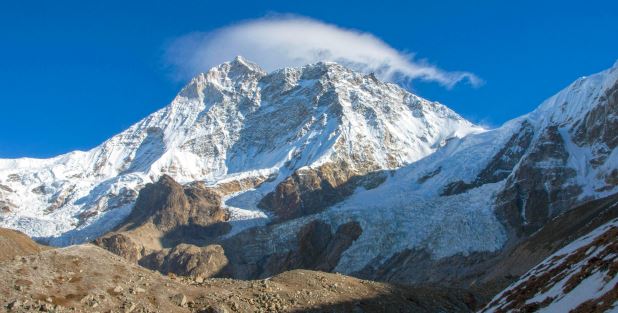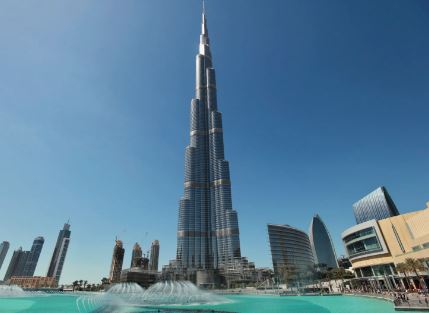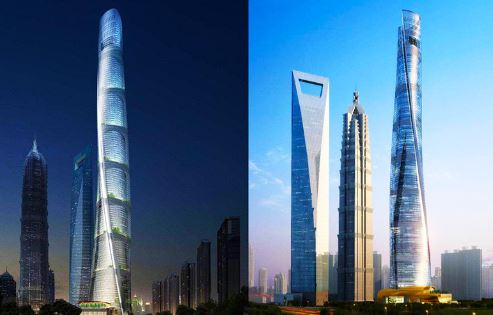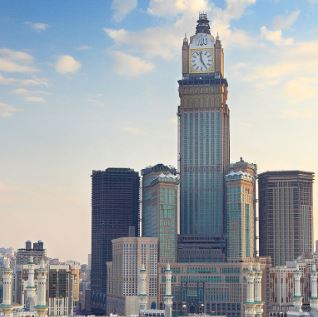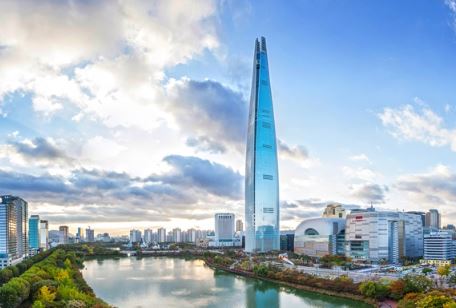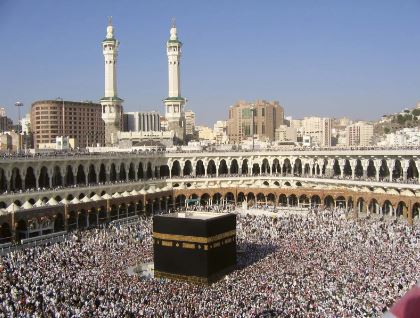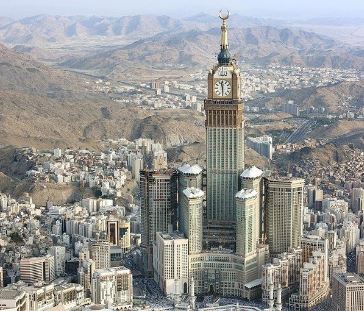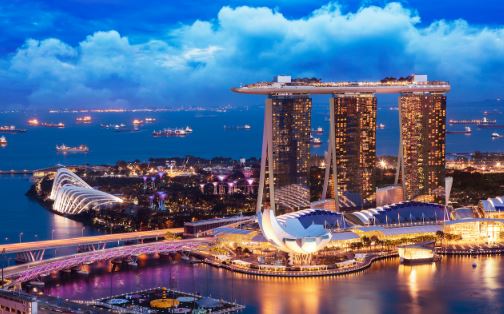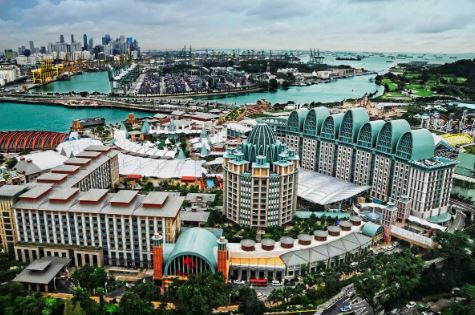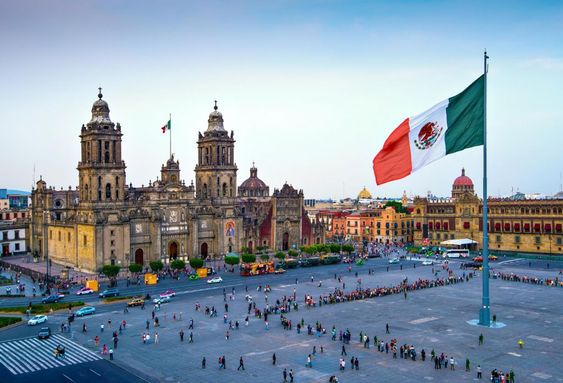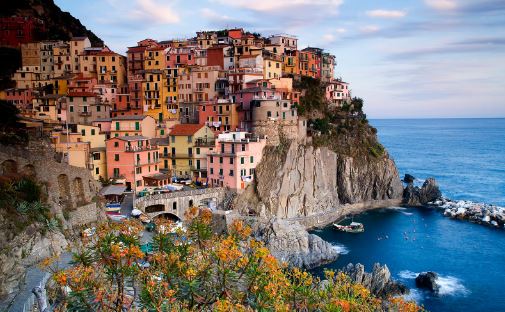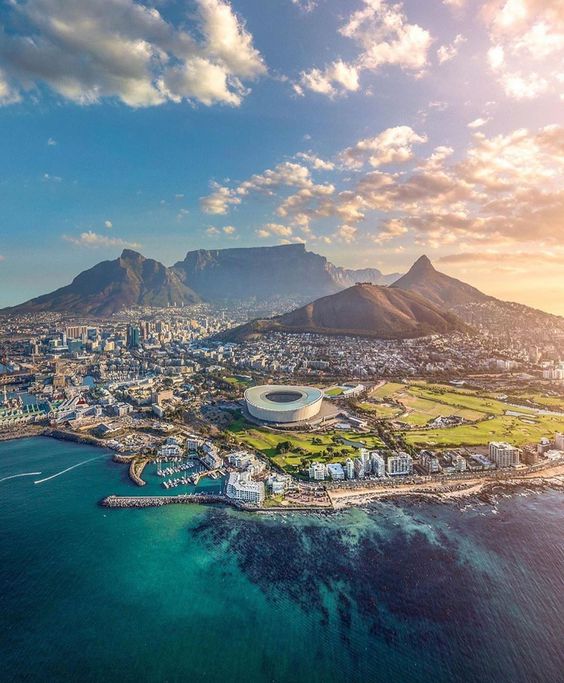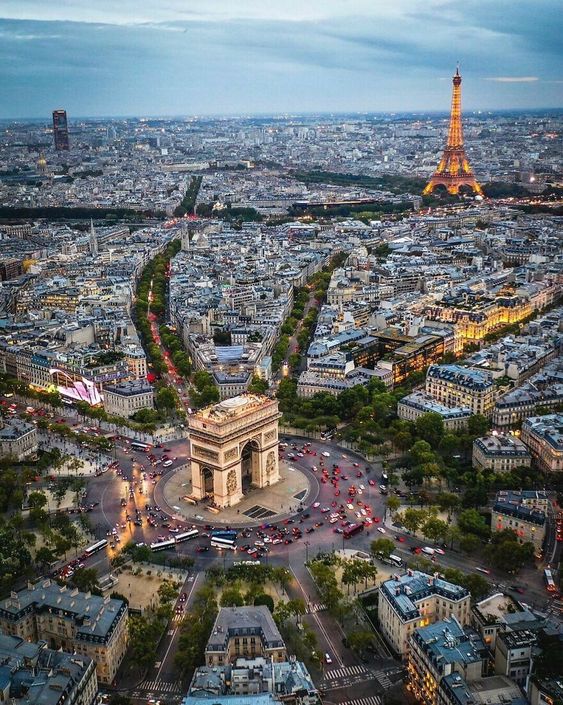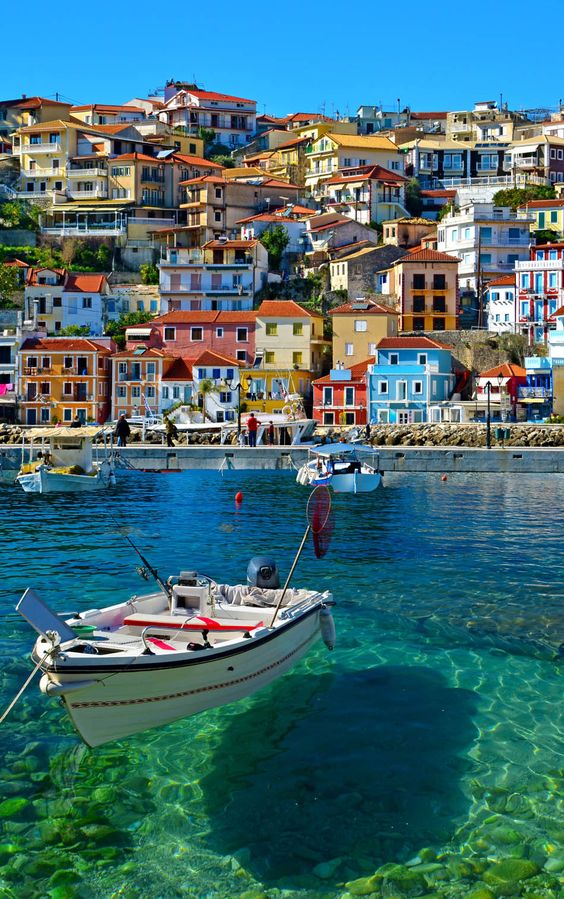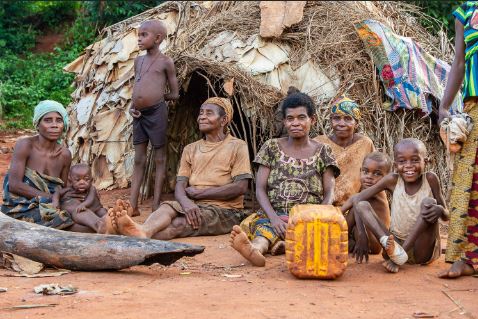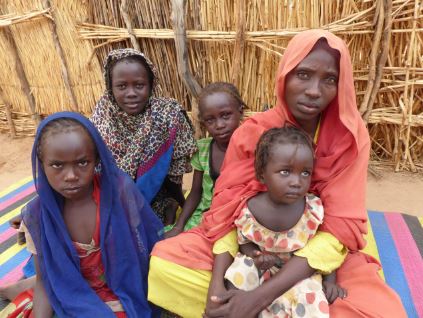1.Switzerland
Switzerland continues to have one of the lowest rates of crime in the world. The nation has very low crime rates as of my most recent knowledge update in 2023, with low rates of both violent and property crimes. Switzerland has low crime rates due to a number of factors, including stable socioeconomic conditions, an efficient legal system, strong law enforcement, and a high level of life. Community participation, rehabilitation initiatives, and a strong focus on social cohesion are all part of the Swiss approach to crime prevention. It’s crucial to remember that different regions may have different rates of certain crimes, and Switzerland’s general level of safety helps to explain why it is regarded as one of the safest nations in the world.

2.Singapore
Singapore is regarded as one of the safest countries in the world because of its consistently low crime rate. Public safety is enhanced by the city-state’s stringent legal enforcement, harsh punishments for infractions, and effective law enforcement. Singapore’s emphasis on economic stability, community involvement, and technology surveillance improves its attempts to reduce crime even more. Particularly uncommon are violent crimes, and even when they do occur, property crimes are not common. The government’s dedication to upholding safety standards is essential to creating a secure environment for both locals and tourists.

3.Hong Kong
The population of Hong Kong, a Special Administrative Region of China, is approximately 7.5 million and highly varied. The city is renowned for its diverse population, which combines Western and Chinese influences. It is a significant center for global finance with a vibrant, multicultural populace.
Due in part to its long history of low crime, Hong Kong is known as a safe international metropolis. Public safety has been preserved in large part by the territory’s effective law enforcement, stringent legal system, and strong monitoring infrastructure. Pickpocketing and fraud are frequent crimes, although violent crime rates are still very low. Strong community policing, a thriving economy, and a robust rule of law are some of the reasons for Hong Kong’s stability. But it’s crucial to remember that social and political changes can affect the dynamics of crime, and things might have changed since I last updated.

4. Bahrain
Most people agree that Bahrain is a safe nation with a low crime rate. Situated in the Arabian Gulf, the Kingdom of Bahrain has an efficient judicial system and law enforcement. Maintaining public safety is a top priority for the government, which adds to the nation’s overall security. Scams and small-time larceny are regular crimes, while violent crimes are rare. Strong government, social cohesiveness, and economic development all contribute to Bahrain’s stability. It’s crucial to remember that different crime rates apply, and circumstances can have changed.

5.Luxembuorg
Less than 600,000 people live in this small yet fascinating nation, which has an area of roughly 2589.9 km2. Its rank among the richest nations in the world per capita may have anything to do with this. It’s believed that there hasn’t been any crime in recent years. The state’s small size has undoubtedly added to its safety because the structures are easy to install. Furthermore, research indicates that Luxembourg has one of the highest average wealth levels and salary rates in the world. The Grand Duchy has continuously been rated as one of the world’s safest countries. The safety of the nation is ascribed to elements like a steady socioeconomic climate, efficient law enforcement, and a functional legal system.
The capital, Luxembourg City, is especially well-known for its security. Although minor offenses like pickpocketing could happen, violent crimes are uncommon. Luxembourg has a low crime rate because of its dedication to public safety, high level of life, and active community involvement. But it’s best to check current sources for the most recent and detailed crime statistics.
















